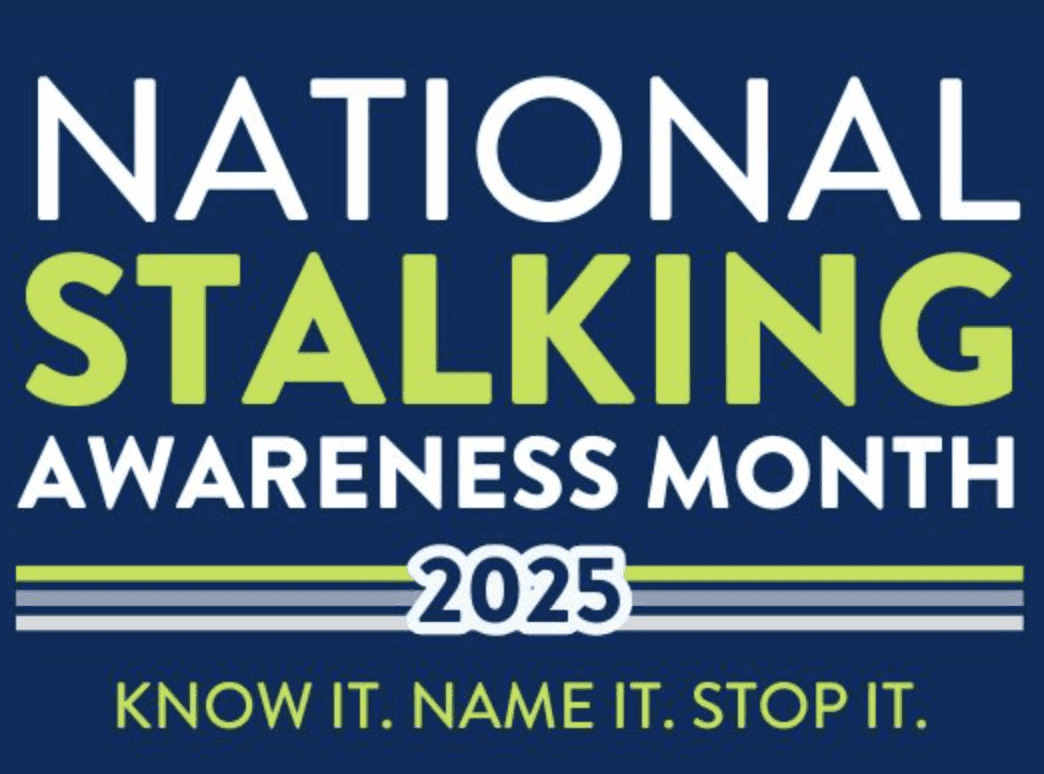By Deana M. Newman
TNCP Senior Health Correspondent
 Binge drinking is defined by the National Institute of Alcohol Abuse and Alcoholism as…”a pattern of drinking that brings a person’s blood alcohol concentration (BAC) to 0.08 grams percent or above”. The condition normally occurs when men consume more than four drinks and women consume more than three drinks within a two-hour timeframe. Unfortunately, binge drinking is a major problem on college campuses from coast to coast.
Binge drinking is defined by the National Institute of Alcohol Abuse and Alcoholism as…”a pattern of drinking that brings a person’s blood alcohol concentration (BAC) to 0.08 grams percent or above”. The condition normally occurs when men consume more than four drinks and women consume more than three drinks within a two-hour timeframe. Unfortunately, binge drinking is a major problem on college campuses from coast to coast.
This week marks the observance of National Collegiate Alcohol Awareness and a perfect time to discuss the issue at hand.
According to a 1998 – 2001 multiple survey review study of 4.7 million college students conducted by the Boston University School of Public Health, over 500,000 students suffered injuries from alcohol-related accidents. Additionally, more than 600,000 students were assaulted by another student under the influence of alcohol and 70,000 were victims of sexual assault or date rape. The study also showed an average of 1,700 college students between the ages of 18 and 24 died annually from alcohol-related accidents including motor vehicle accidents. Binge drinking may also lead to physical health problems, such as heart disease, and other hazardous behaviors such as having unprotected sex, poor performance in class, violence, suicide and alcohol-dependency.
“Students come to college with expectations that excessive drinking is a normative behavior…part of the college experience”, said Dr. Kami Silk, Director of the Masters in Health Communication program at Michigan State University (MSU). “Also, certain sporting events and holidays like Saint Patrick’s Day are perceived as occasions to engage in binge drinking.”
Though college is a wonderful transition into adulthood, the luxury of freedom and making choices is not to be taken lightly. In 1998, a Michigan State University student died of alcohol poisoning after drinking 24 shots in less than two hours. In 1999, a Duke University student died after drinking too much and choking on his own vomit. In 2000, an engineering student from the University of Michigan died of alcohol poisoning after consuming his 20th shot of whiskey in a short period of time along with a student from Bradley University who succumbed to alcohol poising after drinking for twelve hours while celebrating his induction into a fraternity. Lastly, in 2004, a student and President’s Scholar from California State University died after falling into a coma following a night of drinking to celebrate his 21st birthday and the list goes on and on.
One thing is clearly understood, binge drinking is a complex epidemic requiring urgent attention.
Michigan State University, a nationwide leader in communication, recently received a United States Department of Education Grant to serve as the model program in the country to address the issue. According to Dr. Silk, the university will fight the battle of negative drinking behaviors through using the Social Norms Approach…”in other words, the misperception that all college students binge drink, is corrected, which ultimately influences the perceived social norm”.
The following are signs and symptoms of alcohol poisoning:
o Vomiting
o Unconsciousness or “passing out”
o Cold, clammy, pale or skin bluish in color
o Irregular slow breathing
o Confusion
o Low body temperature
o Seizures
Binge drinking is an extremely unhealthy behavior, no matter the type of alcohol.
Remember, you have one body and one life and it is important make wise decisions to stay healthy.
If you suspect someone has alcohol poisoning, immediately call 911 and wait for help to arrive.
For more information, contact the U.S. Department of Health and Human Services – Center for Substance Abuse at 1-800-729-6686 or visit www.ncadi.samhsa.gov.
Deana Newman is currently a Cardiovascular Perfusionist and Master’s candidate in
Health Communication at Michigan State University.



